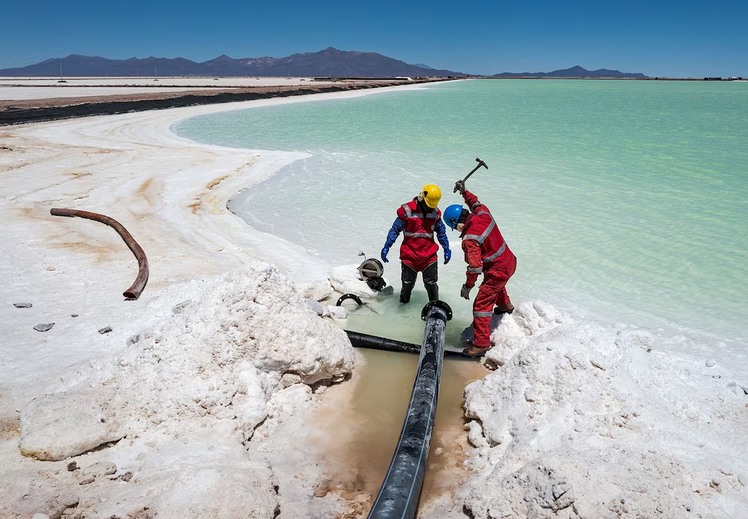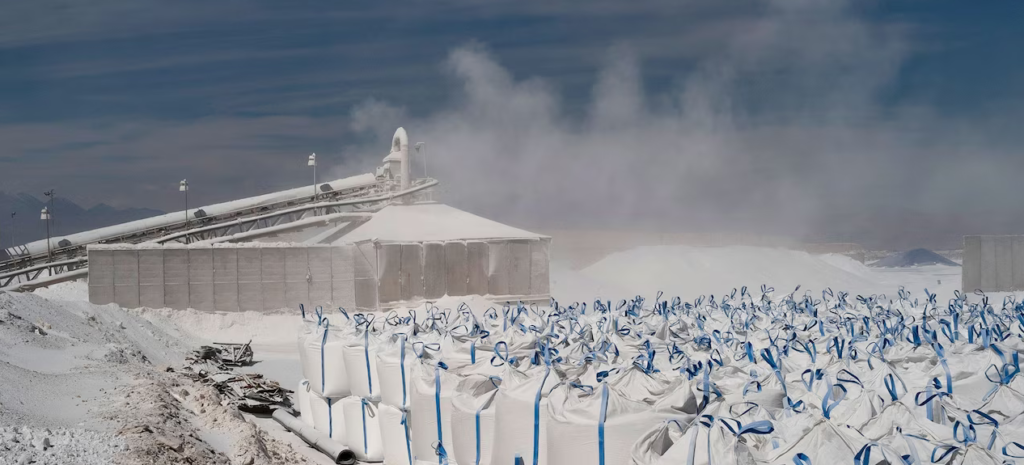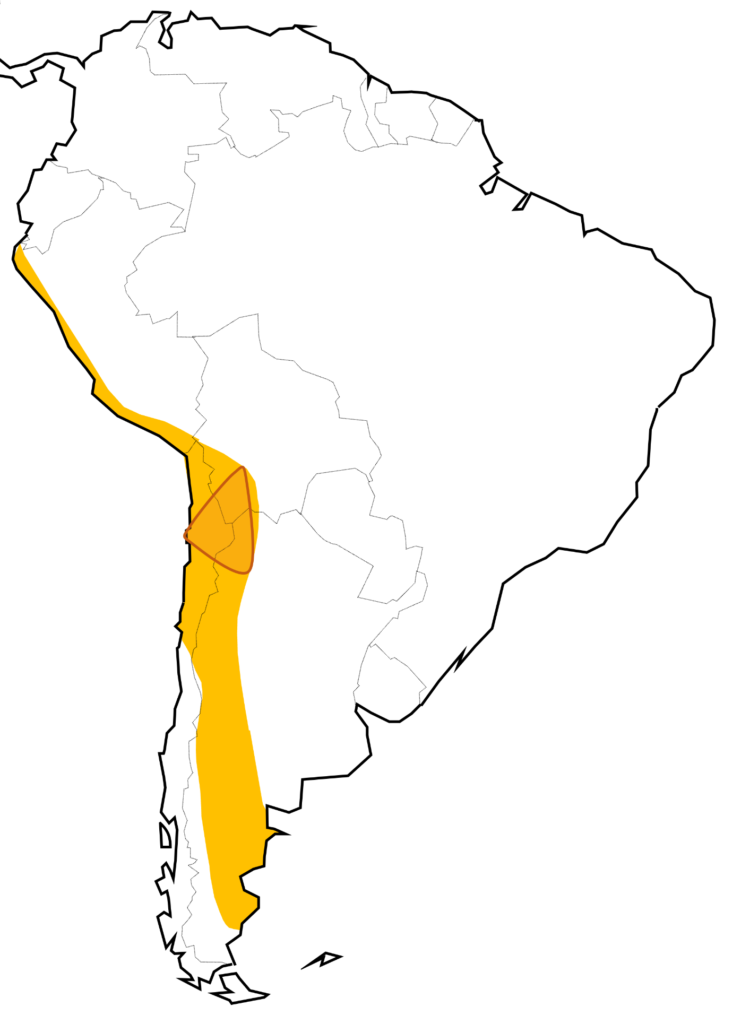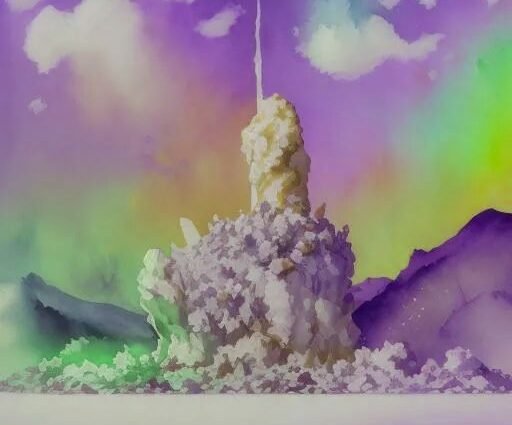Lithium-ion batteries are widely used in various devices like electric vehicles, smartphones, and laptops due to their rechargeable nature and numerous advantages, making them the preferred choice in the market.

Li-ion batteries are the backbone of electric vehicles like Teslas, since they are known for being low maintenance as they do not require regular cycling to preserve their battery life. Additionally, they have very high energy densities and voltage, and are capable of storing renewable energy from sources like solar and wind power.
However, scientists are faced with a dilemma regarding the environmental impact of li-ion batteries despite their benefits for renewable energy and lower carbon emissions because the mining process for obtaining lithium is harmful to the environment.

The question that remains is how to justify the environmental damage caused by mining in order to obtain the valuable minerals needed for the green economy.
Engineers extract lithium through brine extraction, a process that involves drilling into an underground brine deposit and pumping the saltwater to the surface. The brine is then sent to evaporation ponds where the water evaporates, leaving behind a concentrated solution that is further extracted.
Nevertheless, the reports from the Lithium Triangle regarding the negative impacts of mining on the environment are extremely serious. The process of extracting lithium through evaporation ponds requires a significant amount of water, approximately 21 million liters per day.

In dry areas of South America, mining activities redirect water away from nearby communities, leading to water scarcity and contamination from chemicals like sulfuric acid and sodium hydroxide.
According to the Natural Resources Defense Council, “Community members argue that depleted water levels in wells, lagoons, groundwater, and wetlands have had detrimental impacts on their agro-pastoral practices, and they have observed increased mortality of flamingos and camelids because of dust pollution resulting from mining activities.”
A 2021 report in Nature projected the market for lithium-ion batteries to grow from $30 billion in 2017 to $100 billion in 2025.
Reference- Nature, Natural Resource Defense Council website, National Geographic, US Department Of Energy, BBC






